Level 2
Understand that different types of texts have identifiable text structures and language features that help the text serve its purpose
- Plus Plan
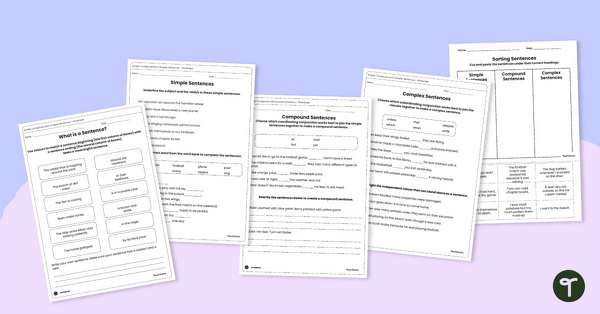
Simple, Compound and Complex Sentences Worksheets
Use this set of five grammar worksheets to teach about the structures of simple, compound and complex sentences.
- Plus Plan
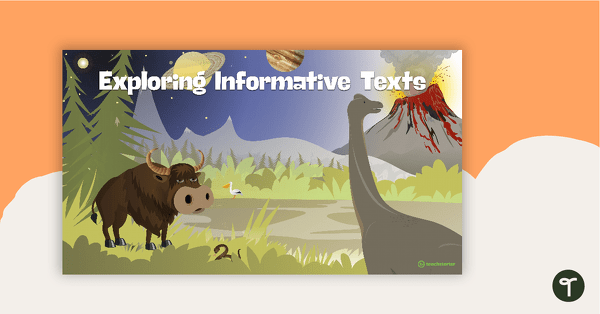
Exploring Informative Texts PowerPoint
A 23 slide editable PowerPoint template to use when teaching your students about the structure and language features of informative texts.
- Plus Plan
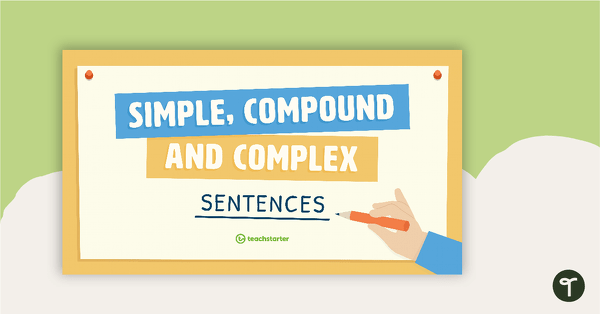
Simple, Compound and Complex Sentences PowerPoint
A 23 slide editable PowerPoint template which introduces the attributes of simple, compound and complex sentences.
- Free Plan
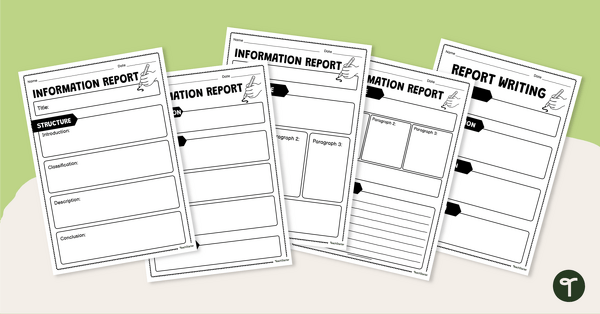
Informative Text Writing Graphic Organiser Pack
Make writing an informative text easy with free graphic organisers for your students!
- Plus Plan
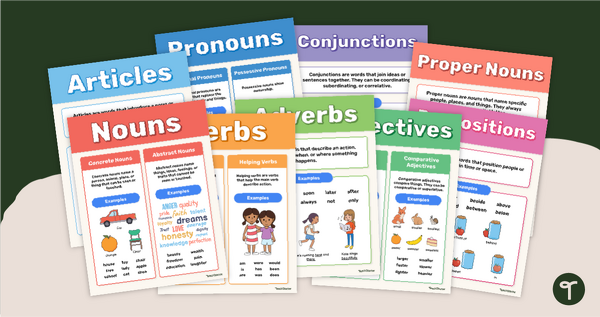
Nouns, Proper Nouns, Verbs, Adjectives, Adverbs and Conjunctions Posters
Enhance student understanding of the 8 parts of speech with these colourful, informative and easily-referenced grammar wall posters.
- Plus Plan
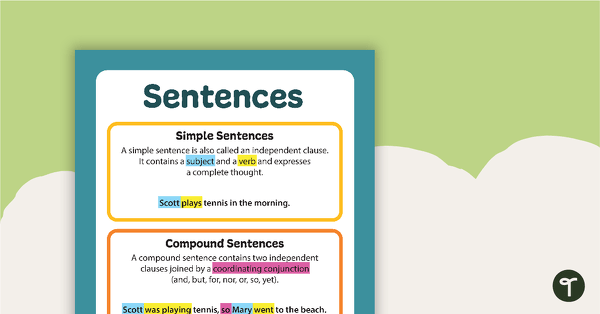
Simple, Compound and Complex Sentences Poster
Use this poster to show your students the attributes that make up simple, compound and complex sentences.
- Plus Plan
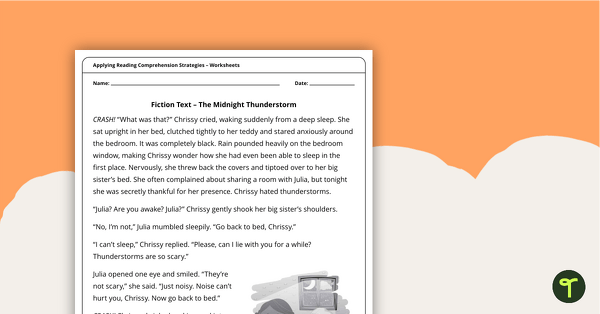
Applying Reading Comprehension Strategies Worksheets
A collection of worksheets to enable students to apply reading comprehension strategies.
- Free Plan
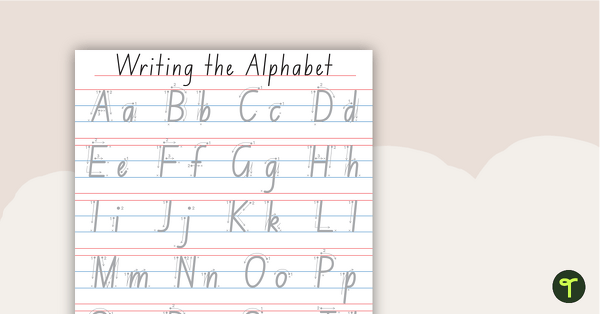
Writing the Alphabet Chart - Tracing
A chart to assist students when learning how to form letters.
- Plus Plan
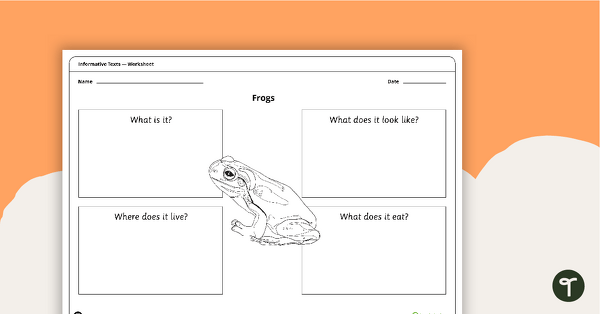
Informative Text Structure - Sorting Activity (Complete Set)
A set of 5 sorting activities to use in the classroom when learning about the structure of informative texts.
- Plus Plan
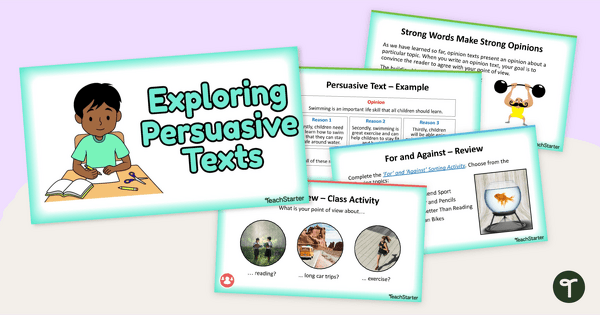
Exploring Persuasive Texts PowerPoint - Year 1 and Year 2
A 35 slide editable PowerPoint template to use when teaching your students about the structure and language features of persuasive texts.
- Free Plan
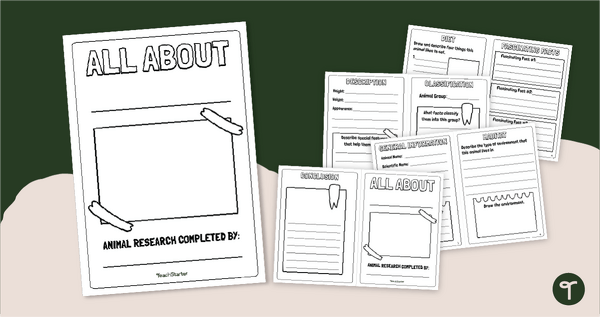
Animal Research Project - Informative Writing Booklet
Use a printable animal research organiser booklet for students to record facts about animals when learning to write informative texts.
- Plus Plan
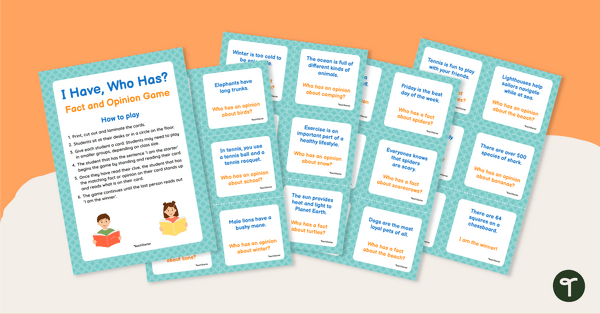
I Have, Who Has? Fact and Opinion Game
A whole class game to help students understand the difference between a fact and an opinion.
- Free Plan
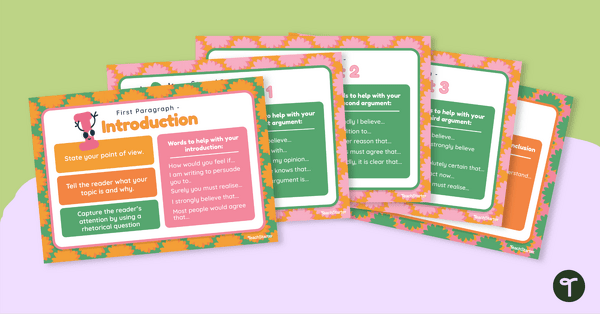
Persuasive Text Structure Posters
Explore the structure of persuasive writing with this set of 15 posters.
- Plus Plan
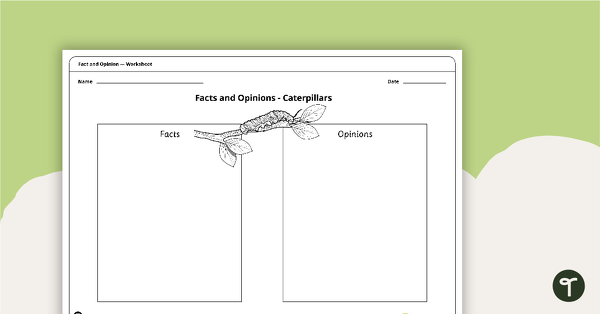
Facts and Opinions - Caterpillars
A fun activity for students to use when identifying facts and opinions about caterpillars.
- Plus Plan
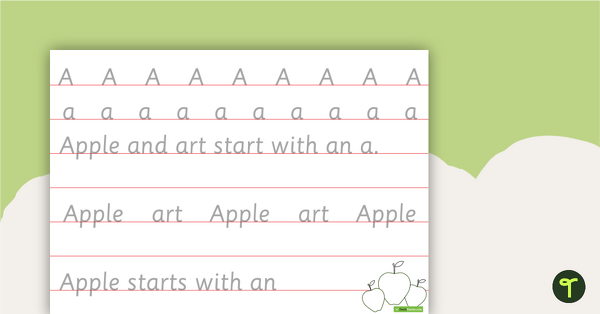
Alphabet Handwriting Sheets - Individual
Handwriting sheets for each letter of the alphabet.
- Plus Plan

For and Against Worksheets
Explore 'for' and 'against' arguments for five different topics with this set of 'for' and 'against' sorting activities.
- Free Plan
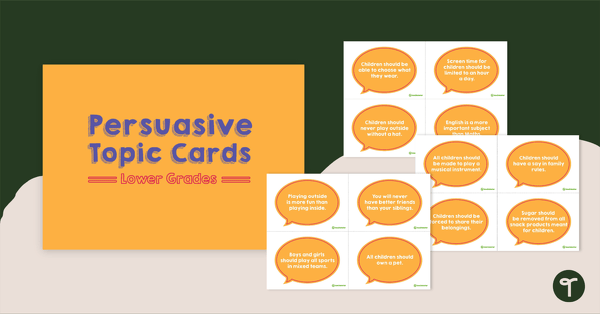
Persuasive Topic Cards - Lower Grades
A set of persuasive topic cards for lower grades.
- Free Plan
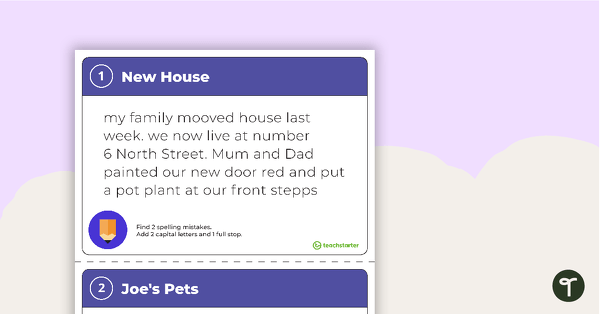
Editing Passage Task Cards - Year 2
A set of 20 editing passage task cards with answers.
- Plus Plan

Narrative Sentence Starter Cards
Thirty sentence starter cards for narratives.
- Plus Plan

Introduction to Personal Recounts PowerPoint
An 18 slide editable PowerPoint template to use when teaching younger students about the structure and language features of personal recounts.
- Plus Plan
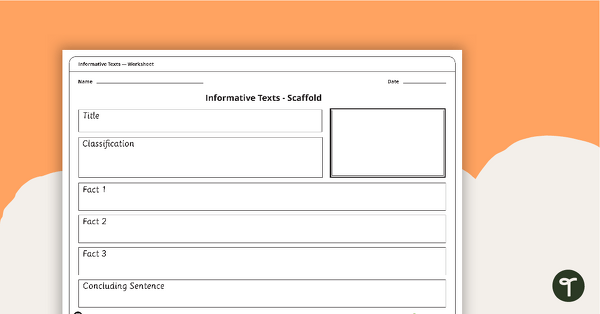
Simple Informative Texts - Writing Scaffold
A simple scaffolding worksheet to use when writing informative texts.
- Free Plan

Speaking and Listening Activities Task Cards
A set of 13 cards with instructions for speaking and listening activities.
- Plus Plan
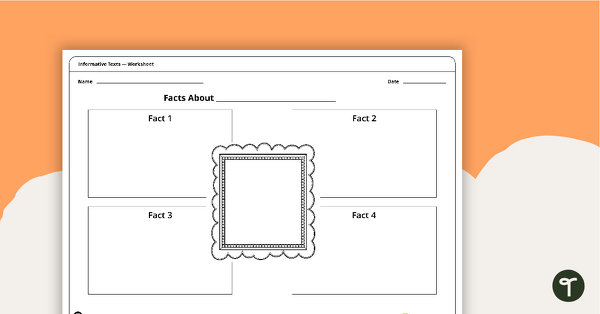
'Facts About...' - Informative Texts Worksheet
A fact finding scaffold to use when introducing informative writing in the classroom.
- Plus Plan

Narrative Prompts Posters
A set of 20 posters to display as narrative story prompts for students.
- Plus Plan
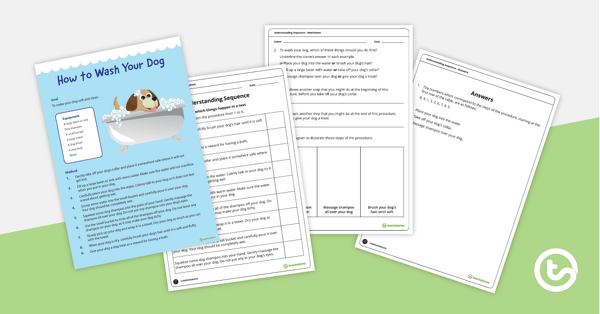
Understanding Sequence - Comprehension Task
A task to use when teaching your students reading comprehension strategies.
- Plus Plan
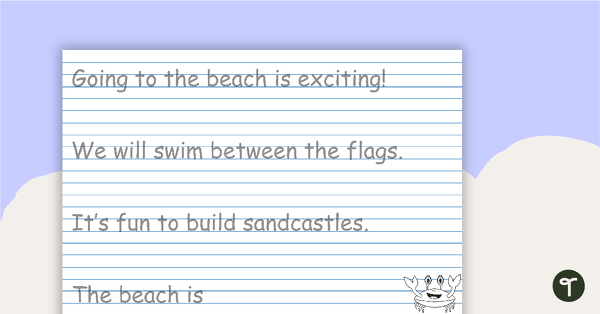
Handwriting Sheets - Theme Pages 1
Ten themed handwriting sheets with your choice of fonts.
- Plus Plan
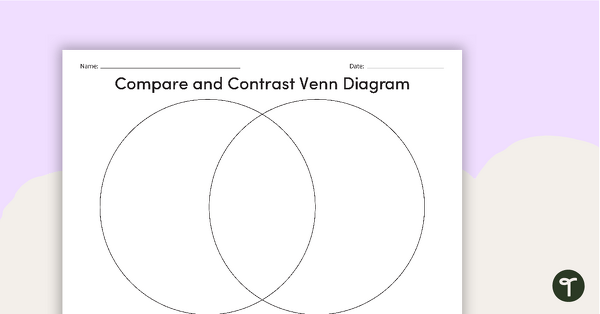
Compare and Contrast - Venn Diagram Template
A template to use when teaching students how to compare and contrast.
- Free Plan
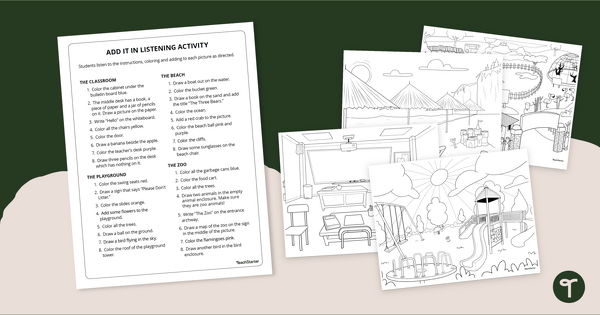
Add It In Listening Activity Bundle
Practise following directions to colour and draw pictures with a free printable listening activity worksheet pack.
- Plus Plan
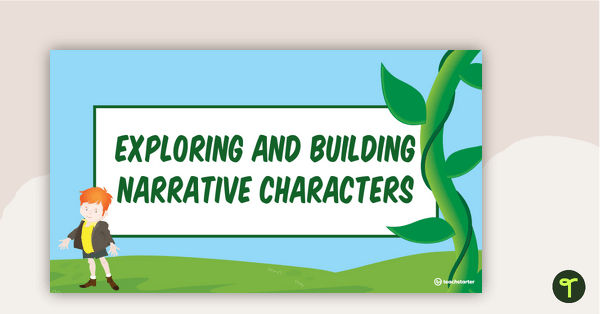
Exploring and Building Narrative Characters PowerPoint
A 14 slide editable PowerPoint template to use when teaching younger students about how to build a character for a narrative text.
- Plus Plan
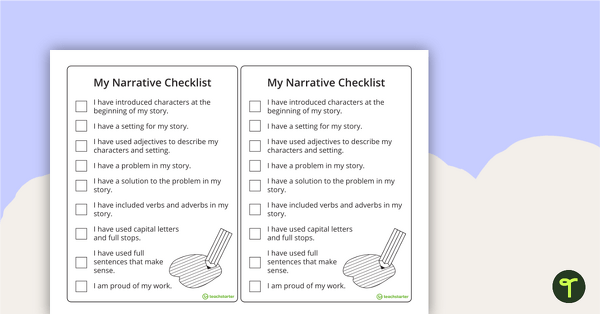
Narrative Writing Checklist (Simplified Version)
A checklist for students to use when proofreading and editing their narrative writing.
- Free Plan
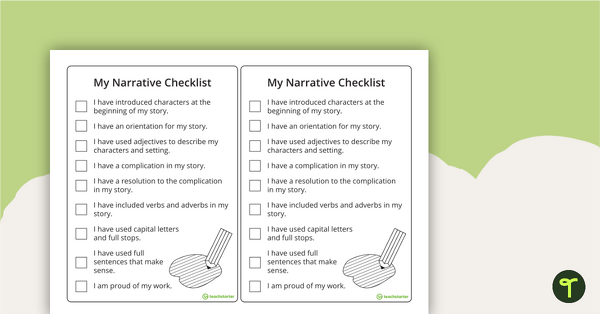
Narrative Writing Checklist (Intermediate Version)
A checklist for students to use when proofreading and editing their narrative writing.
- Plus Plan
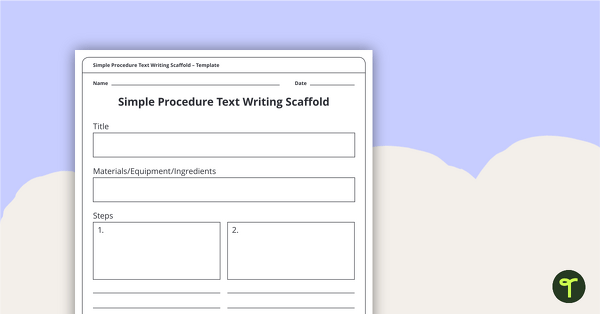
Simple Procedure Texts Writing Scaffold
A one page scaffolding sheet to assist younger students in writing a simple procedure text.